A debate among designers to discuss the identity of cultural organizations
During the meeting “Designing the Identity of Cultural Organizations,” promoted by Circolo del Design in partnership with Graphic Days, in Turin, Emanuele Cappelli (Founder & Creative Director, Cappelli Identity Design) told the audience about the method used by our studio to design each identity. More specifically, he delved into the design approach used for cultural entities, foundations, historical archives, and associations. In a nutshell: cultural communication. The engaging debate also involved other design studios from different parts of Italy, such as FF3300 (Bari), Muttnik (Florence), and studio FM (Milan).
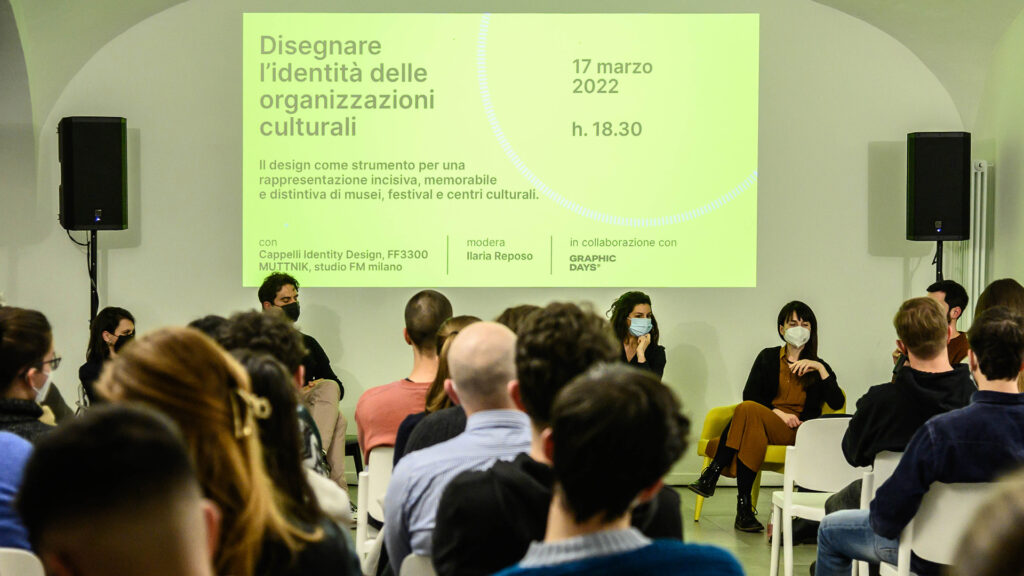
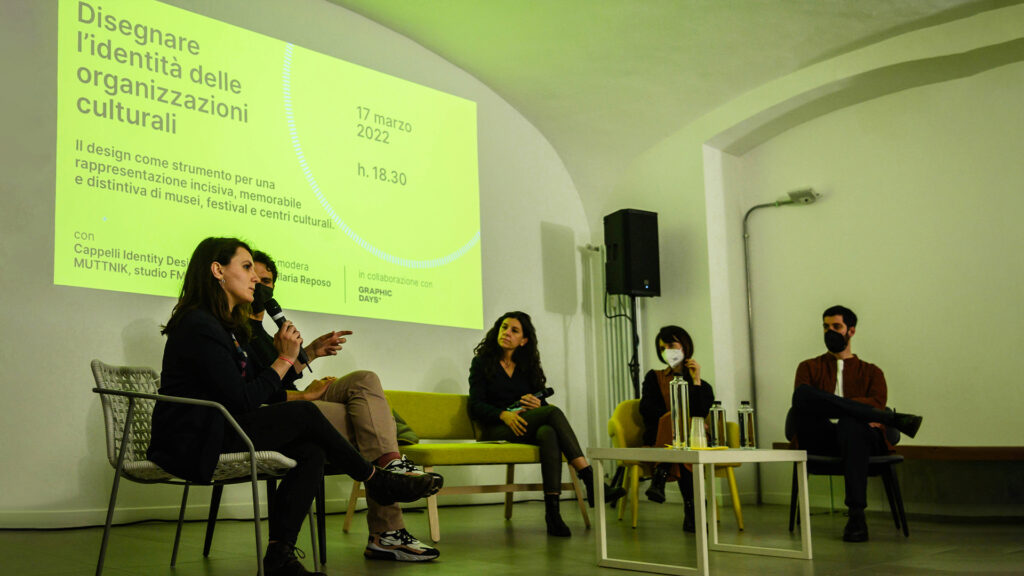
Technically, the cultural communication approach is not very far from that used to convey a brand, the difference between the two lies in the storytelling and the choice of content. Cultural entities have a great responsibility to speak on behalf of the people’s culture and how it evolved over time. A Foundation, a Museum, or a Festival are called to convey the meaning of universal heritage. In this way, design becomes a strategic process that helps bring objectives, priorities, and the means to pursue them into focus by defining visual and communication strategies tailored to a given cultural entity. Behind the definition of a strategy always lies the necessary balance between conservation and promotion.
Let’s explain this with some practical examples:
Over the previous years, we have designed the communication strategy of many cultural associations including Fondazione CRT, Associazione Archivio Storico Olivetti, Fondazione Adriano Olivetti. The last two entities made us deal with our culture’s history and fundamental values to build an identity based on architecture, design, and beauty. Olivetti is part of our Italian pride, making it something to share. Our work, in that case, focused on their digital identity redesign.
Following our method, we created an identity system not exclusively relying on the logo but instead on the core values that must be conveyed through the media.
By the same token, we realized a concept-based identity system for the Italian Pavilion in the Venice Film Festival (2018) and Cannes Film Festival (2019). In Venice, to celebrate the 50th anniversary of ’68, we decided to convey the atmosphere of those years by installing optical artworks. In Cannes, we opted for the use of sensory elements to recreate a specific mood. Following on from the concept of “Vices and Virtues,” the Italian Pavilion turned into an interactive installation that invited visitors to walk into a series of lights, lasers, optical fibers, sounds, and frames at the discovery of vices and virtues.
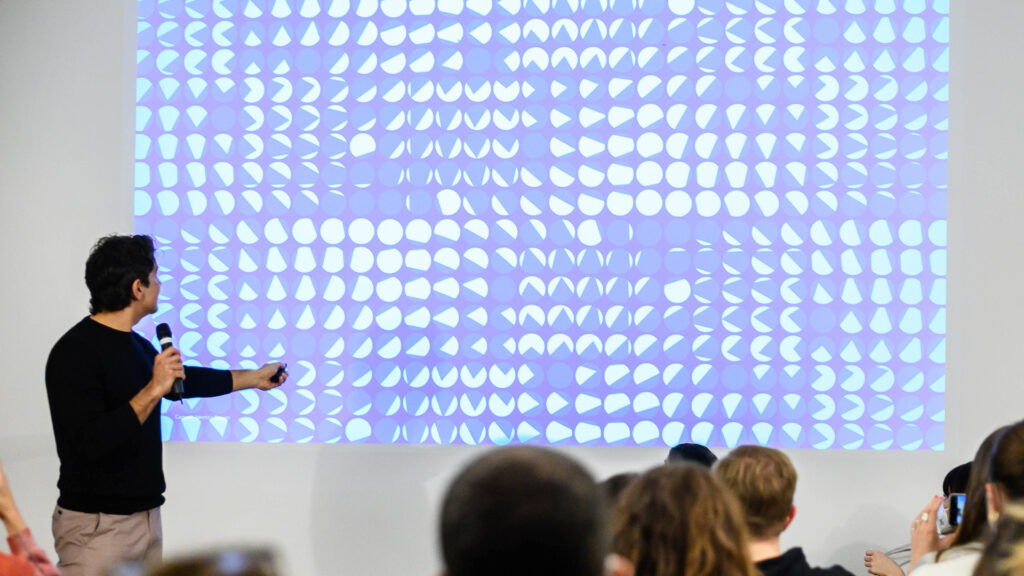
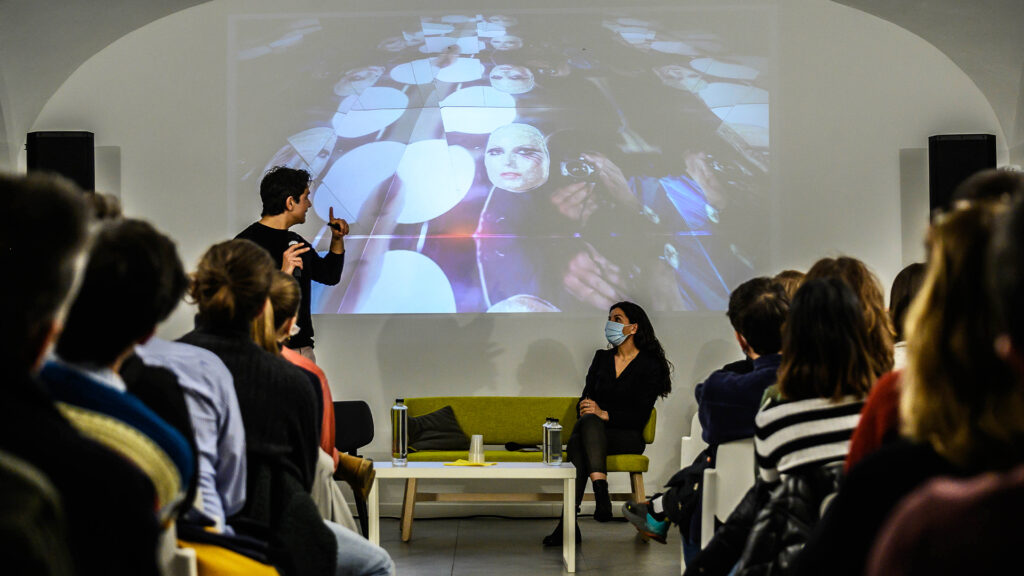
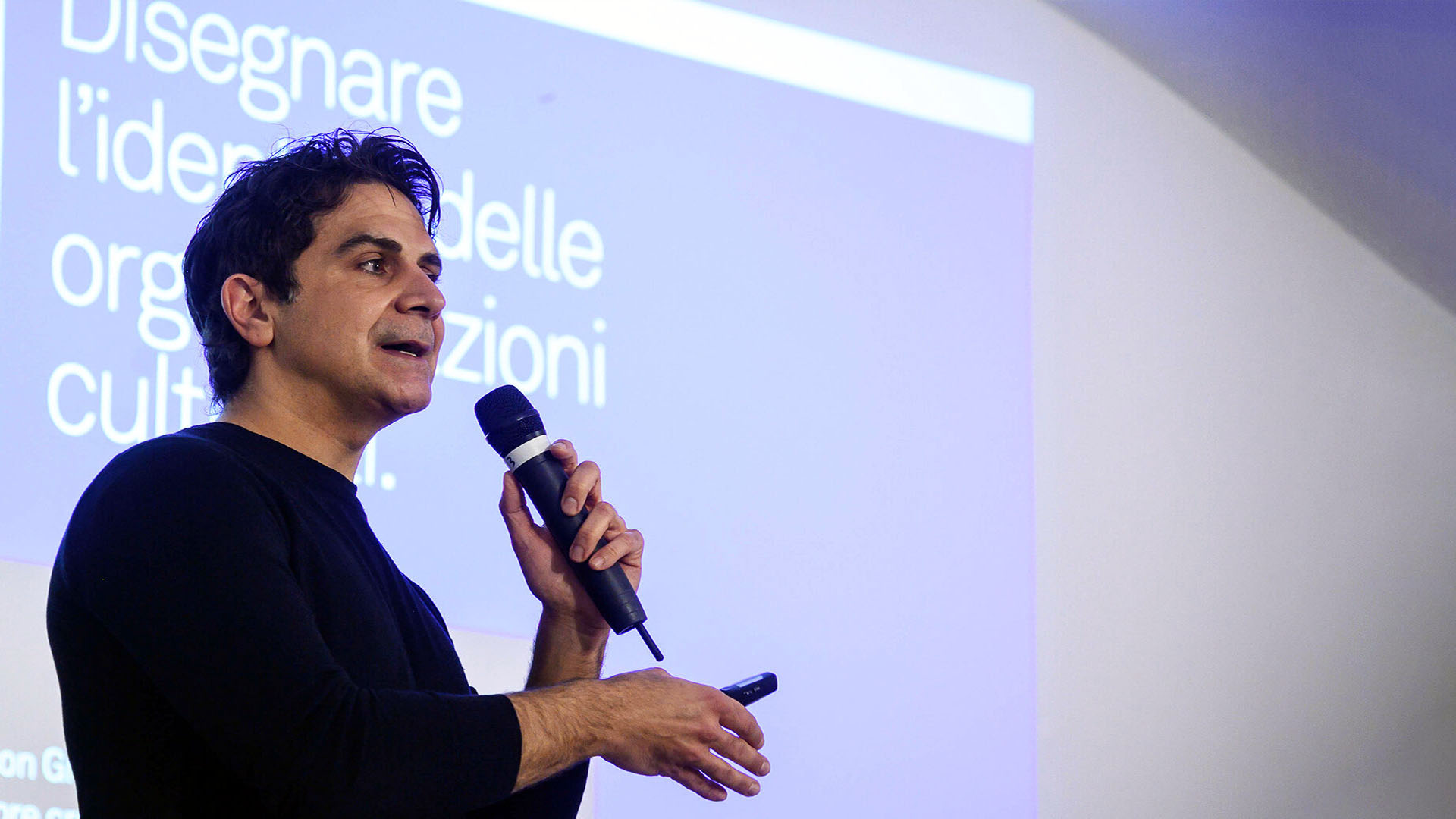
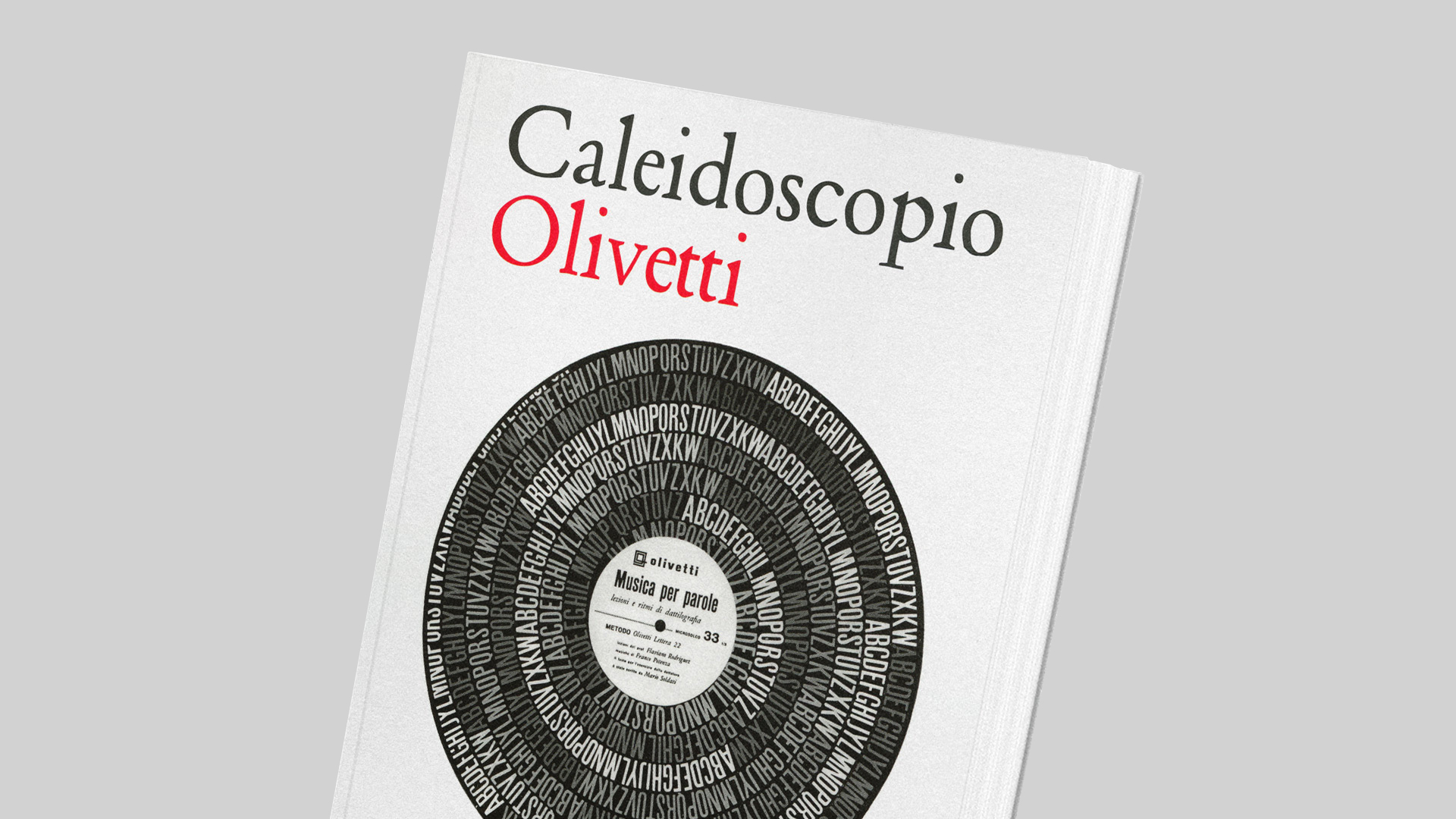
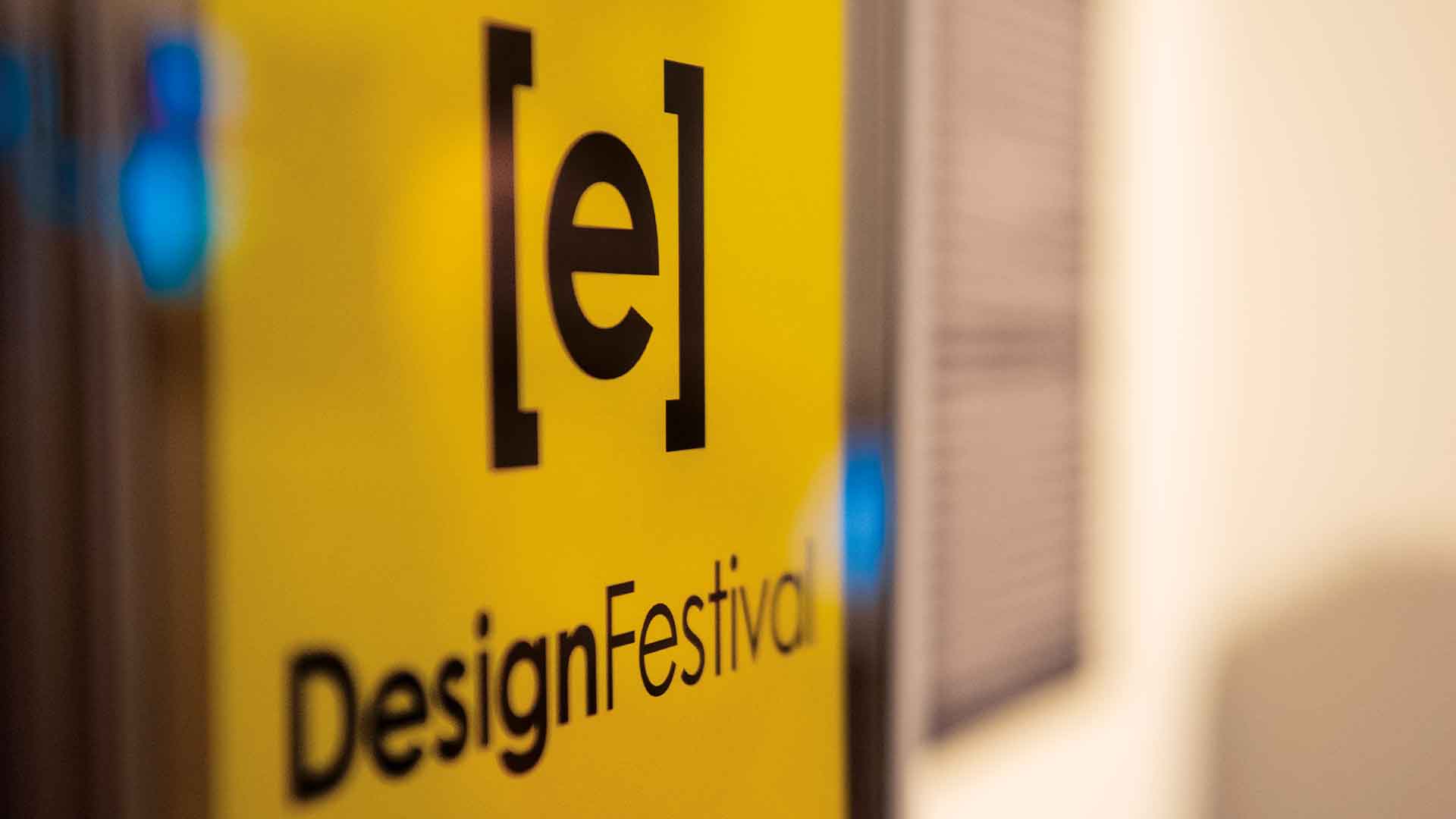
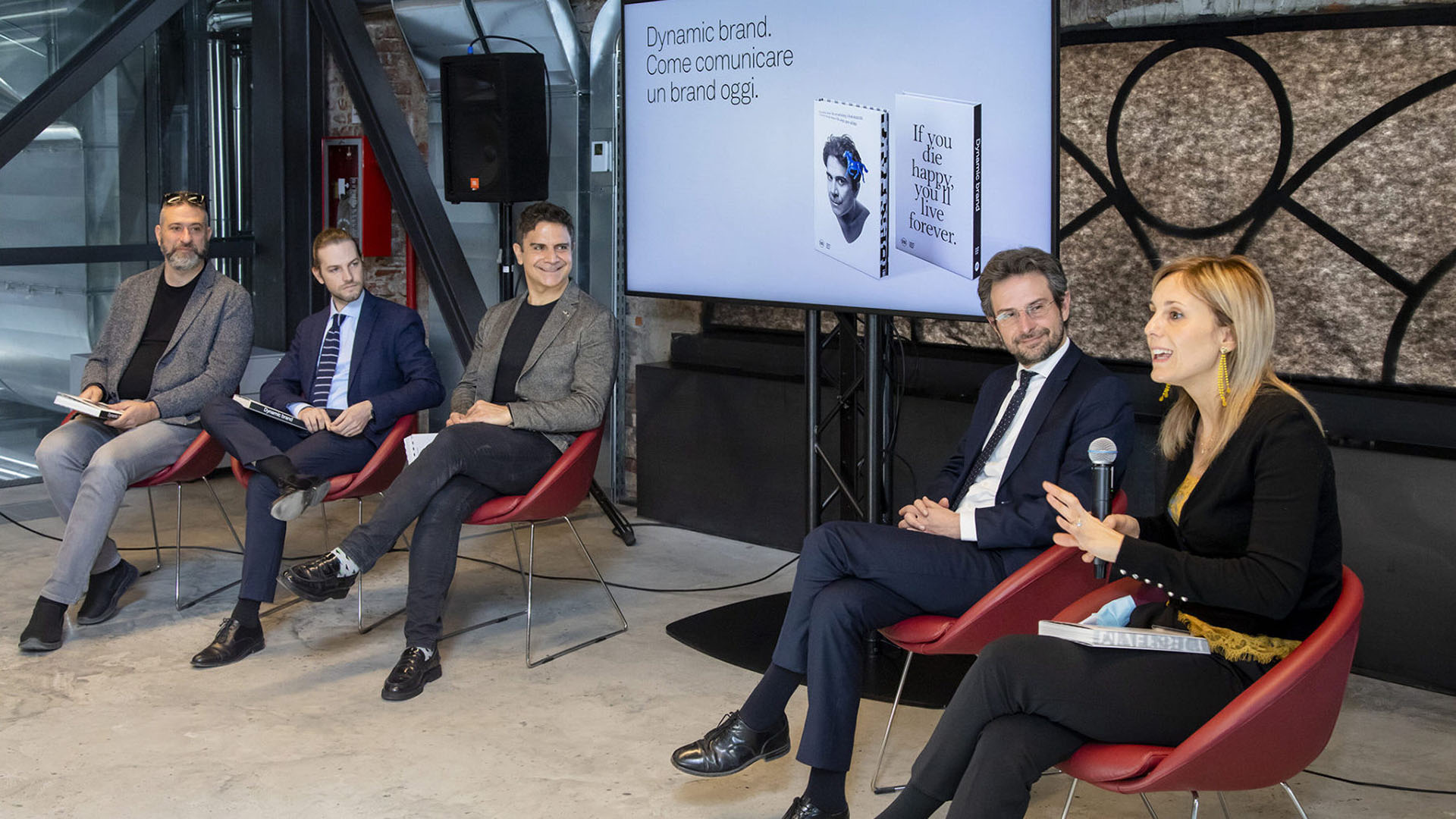
![[E]Design Festival Treviso Talk Zanino Cappelli](https://www.cappellidesign.com/wp-content/uploads/2021/10/1-edesign-festival-treviso-zanino-cappelli.jpg)